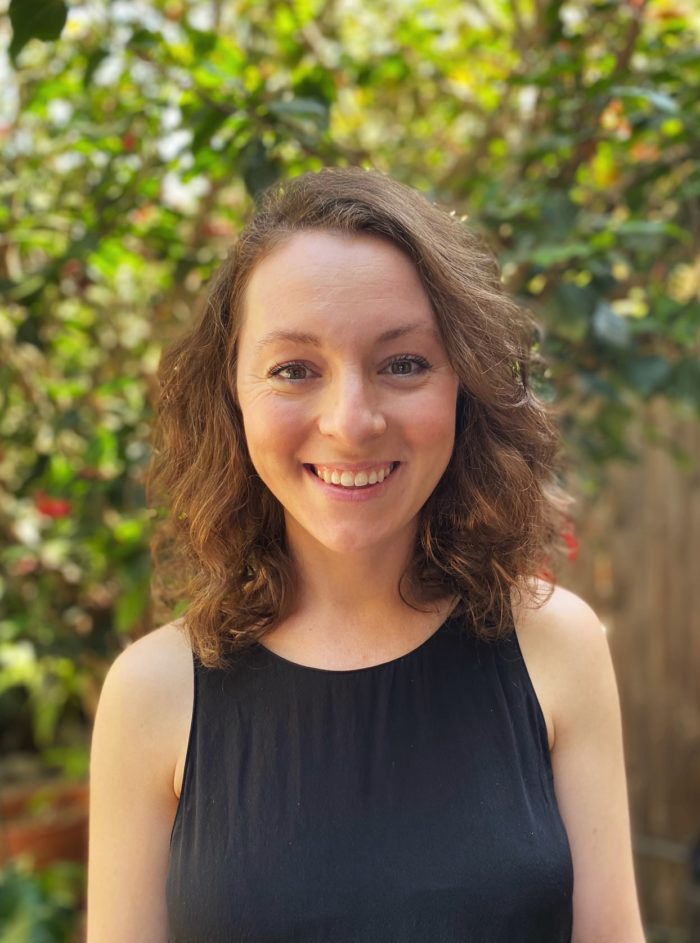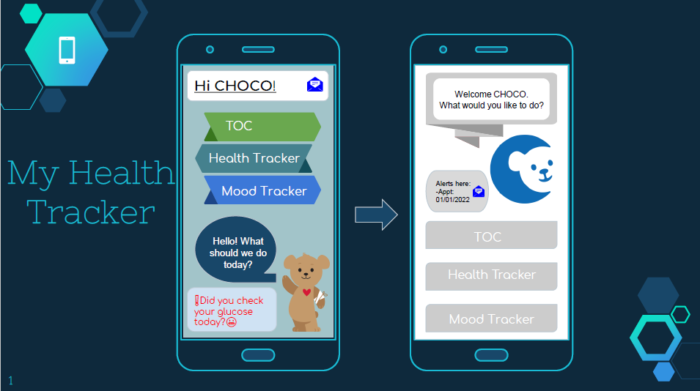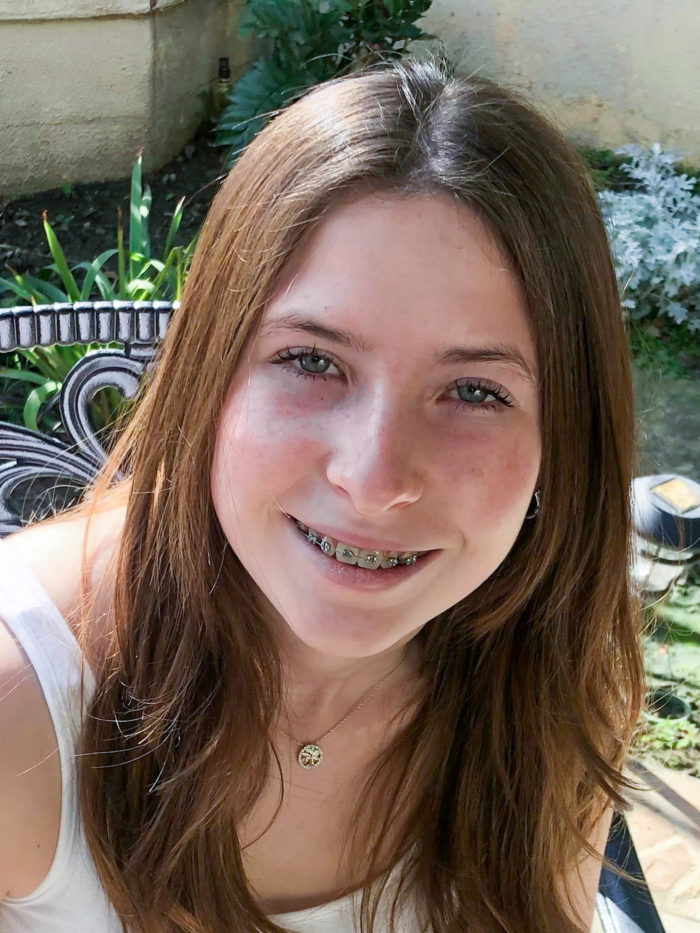When social worker Michelle Kennedy joined CHOC nearly two years ago, nobody was doing what she does.
Michelle is the transition coordinator at CHOC Newport Beach Endocrine & Diabetes Center. Her job is to help patients make the transition from pediatric to adult care.
Now, after participating in a CHOC-led program aimed at helping healthcare workers come up with innovative ideas, Michelle believes she’s hit on one to deliver improved care.

She was among several CHOC associates who recently went through the Wave Thinker Collaborative, a partnership of the CHOC Research Institute, the CHOC Medical Intelligence and Innovation Institute (Mi4), and The Innovation Lab in Newport Beach.
Wave Thinker is designed to solve today’s challenges in pediatric healthcare to create sustainable and positive change.
Three teams participated
The debut cohort of some dozen participants gathered virtually starting in early 2021 for 1.5-hour sessions over a period of six months. Divided into three teams, they also met virtually each quarter for a 30-minute check-in to share resources, ideas, and experiences.
In mid-August, the teams presented their ideas to a panel that included Dr. Anthony Chang, CHOC’s chief intelligence and innovation officer, and Chief Scientific Officer Dr. Terence Sanger.
Michelle’s group, Transi-Team, discussed the challenges of moving pediatric patients into the adult system of care. During this transition, many patients struggle to remain engaged and motivated and to take ownership of their medical care, Michelle said.
The team’s solution: an app, My Health Tracker, that is designed to improve the transition of care by streamlining patient handoff and incorporating mental health assessments, and giving them handy access to insurance and financial resources.
“It’s quite likely for patients’ health to be negatively impacted during this transition,” said Michelle, noting that the incidence of Type 1 diabetes continues to rise. “We wanted to motivate them to want to take charge of their healthcare and make it easier for them.”
A gap in care
Michelle said the Newport Beach clinic sees some 350 Type 1 diabetes patients per year. The goal is to transition patients into adult care by age 21.
“There’s definitely a concern about the gap in care,” she said. “The transition to adult care can affect their overall health and well-being.”
Adolescents are likely to fall into a poorly managed “care gap” that is associated with significantly worse health outcomes, experts say. Innovations that resolve these issues are crucial to maximizing lifelong functioning, independence, and well-being

As adolescents approach adulthood, they must transition from a pediatric to an adult healthcare model. There are significant differences in these models. Pediatric healthcare relies on parental involvement with significant outside support, and adult healthcare is autonomous and requires independence without many resources.
Building empathy
The Wave Thinker Collaborative subscribes to the philosophy of human-centered design, also known as design thinking. This refers to a creative approach to problem-solving that starts with the people you’re designing for and ends with new solutions that are tailor-made to suit their needs.
“Human-centered design is all about building empathy with the people you’re designing for,” says Matt Keller, client engagement executive at the Innovation Lab.
During the recent presentation, Team Kahuna addressed mental health and the importance of preventing caregivers and clinicians from burnout both in the short and long term. The team’s focus was on the Electronic Health Records (EHR) system, which is widely seen as time-consuming and inefficient. The team suggested a more streamlined user interface that can be tailored for each specialty, among other improvements.
A better tracking device
Team Where is the Bear? addressed the need for a better mobile device tracking system with a particular focus on Child Life and patients and families in the neonatal intensive care unit (NICU).
“The program provided a good introduction and foundation to design thinking concepts and provided participants access to innovation experts throughout the program,” said Jennifer Hayakawa, CHOC nurse scientist and a member of Team Where is the Bear?
“It was great to network and engage with these resources and diverse perspectives,” Jennifer said. “I look forward to seeing how this program evolves and improves with time.”
Michelle said the Wave Thinker Collaborative was a valuable experience.
She heard about the program in an email and initially thought it would be just an information session.
“It turned out to be active engagement,” she said.
Members of Michelle’s team included a research associate in neuroscience at CHOC’s Research Institute and a nurse who works with surgery patients.
“It was an incredibly valuable experience meeting other people at CHOC and seeing how their minds work,” Michelle said.
After the team presentations, the panelists, which also included officials from UC San Francisco and UC San Diego, offered insights and best practices in pediatric design thinking.
“You always want to think very broadly,” Dr. Sanger advised. “What are the large classes of problems we can solve? One piece of technology can offer multiple solutions.”




